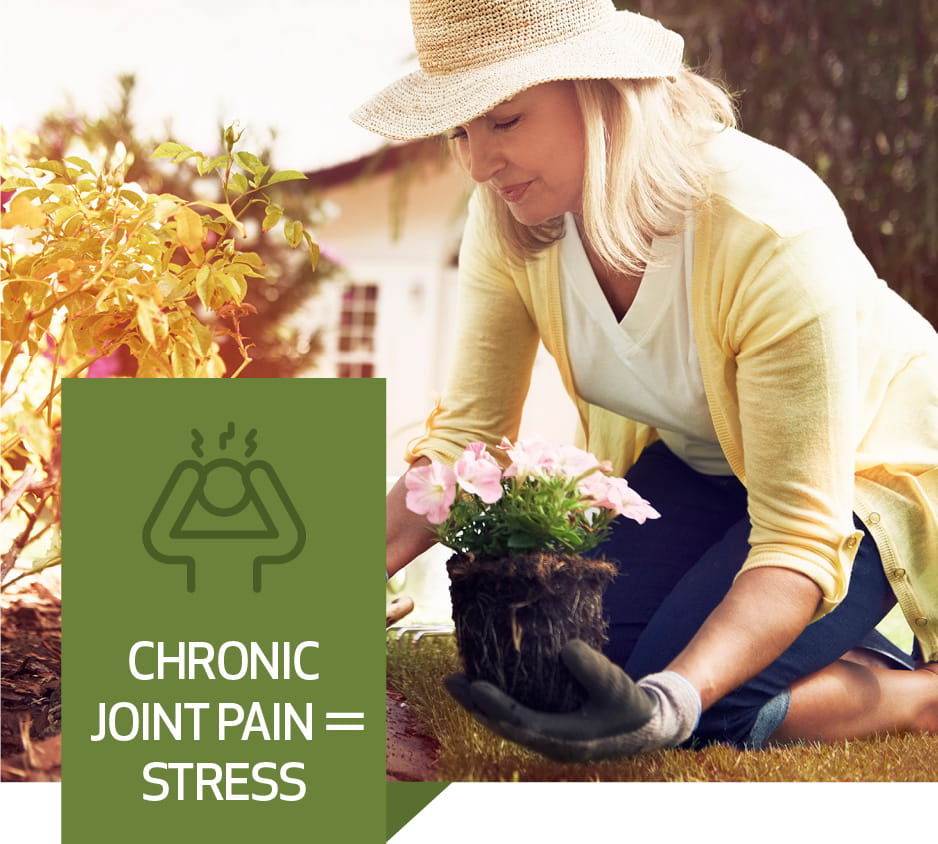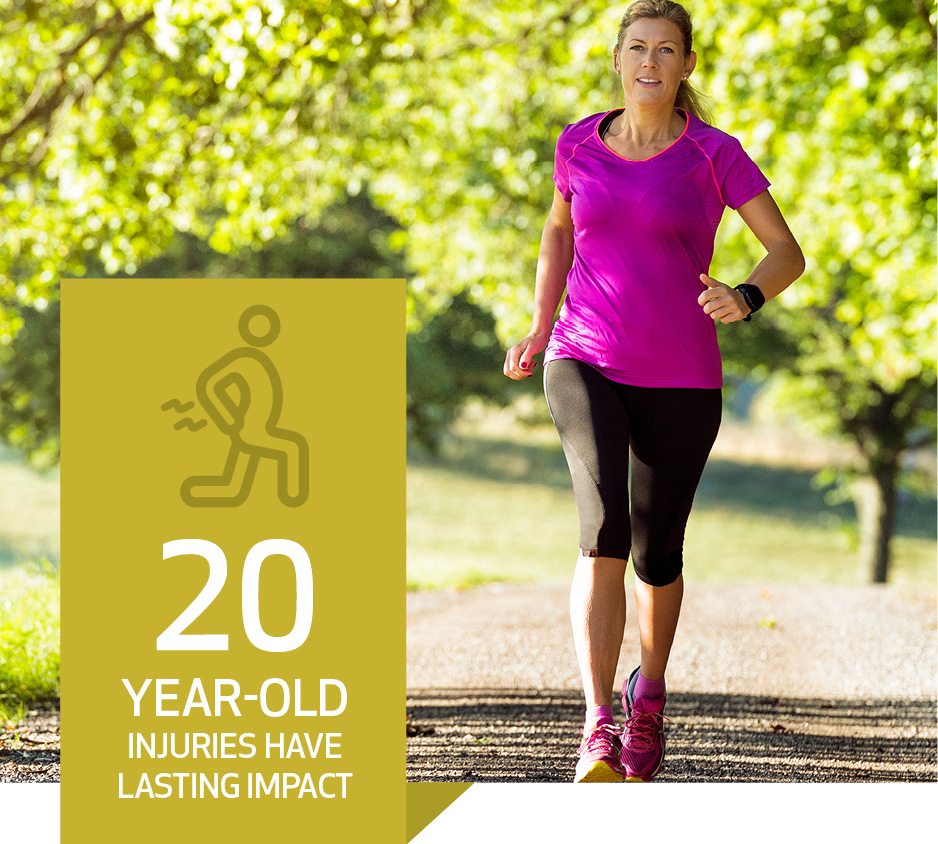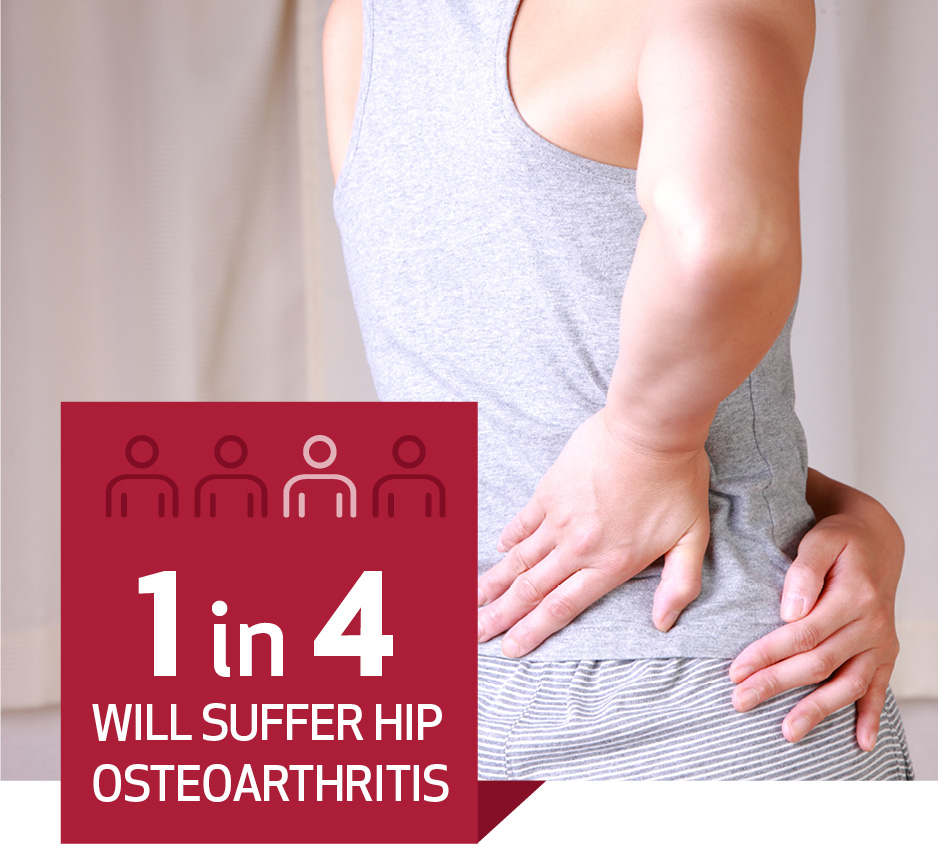Millions suffer.
Though it is common, a variety of illnesses and injuries
can cause chronic joint pain: sports injuries, overuse,
rheumatoid arthritis, psoriatic arthritis, osteoarthritis,
lupus, bursitis, gout, bone cancer and even depression.
Osteoarthritis, brought on by age, joint injuries,
genetics or being overweight, is the most common
cause of chronic joint pain, affecting more than 30
million U.S. adults, according to the U.S. Centers for
Disease Control and Prevention. The pain it causes
costs an estimated $81 billion per year in lost wages.
Treatments can vary. You should talk to a doctor to
determine what might be causing the pain.




